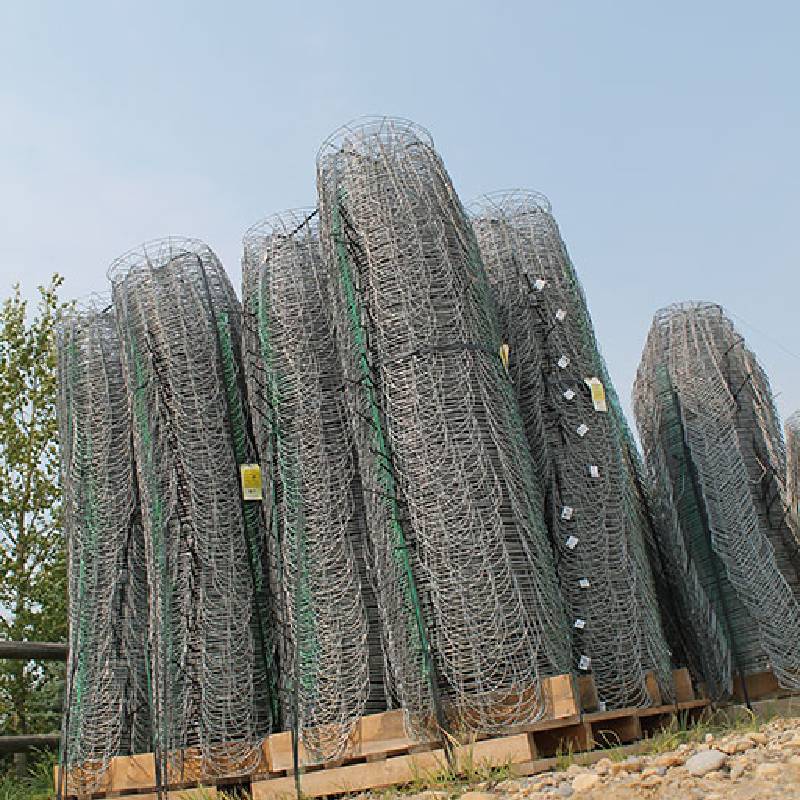
- Mobile Phone
- +8613931874955
- sales@cntcmetal.com
Innovative Solutions for Supporting Rebar Chairs in Construction Projects and Structural Applications
The Role of Rebar Chair Supports in Construction
In the world of construction, the integrity and durability of concrete structures play a vital role in their overall performance and longevity. One often overlooked aspect that greatly contributes to the structural integrity of reinforced concrete is the use of rebar chair supports. These small but essential devices provide critical support for rebar during the concrete pouring process, ensuring that the reinforcement is placed correctly within the concrete matrix.
Understanding Rebar and Its Importance
Rebar, or reinforcing bar, is a common steel bar used to reinforce concrete. Concrete is strong under compression but weak under tension. Therefore, rebar is embedded within concrete to improve its tensile strength, reducing the likelihood of cracking and structural failure. Proper placement of rebar is crucial for maximizing its effectiveness, which is where rebar chair supports come into play.
What Are Rebar Chair Supports?
Rebar chair supports are specialized devices designed to hold rebar at specific heights and positions above the ground or formwork during the concrete pouring process. They come in various shapes and sizes, each tailored to meet the requirements of specific construction projects. Typically made from materials such as plastic or steel, rebar chairs can be employed in different environments, providing stability and organization to the rebar layout.
Benefits of Using Rebar Chair Supports
rebar chair support

1. Ensured Proper Placement One of the primary advantages of using rebar chair supports is the assurance of correct placement. By using these supports, construction workers can maintain the specified spacing and height of the rebar, which is critical for achieving the desired structural properties. Proper spacing ensures that the rebar is effectively embedded in the concrete, leading to better load distribution and overall strength.
2. Time Efficiency Rebar chair supports can significantly expedite the construction process. By allowing for easy positioning and adjustments of the rebar grid, workers can save valuable time during the installation phase. This efficiency can lead to faster project completion, which is beneficial in a competitive construction market.
3. Reduced Risk of Damage During the concrete placement, the movement and vibration can cause the rebar to shift from its intended position. Rebar chair supports minimize this risk by providing a stable foundation for the rebar, ensuring that it stays securely in place until the concrete sets. This stability is crucial in preventing potential weak spots in the finished structure.
4. Diverse Applications Different types of projects require different approaches to reinforcement. Rebar chair supports are versatile and can be used in a range of applications, from residential foundations to large-scale commercial buildings. Their adaptability makes them an indispensable tool for contractors and engineers alike.
Conclusion
The use of rebar chair supports is a fundamental aspect of modern construction practices that ensures the structural integrity and safety of reinforced concrete. As buildings and infrastructure continue to evolve in complexity and scale, the importance of such supportive devices cannot be overstated. By facilitating accurate rebar placement, enhancing construction efficiency, and minimizing risks, rebar chair supports play a crucial role in achieving durable and resilient structures. For those involved in the construction industry, understanding and implementing these support systems is essential for the delivery of high-quality construction projects. Whether you are a contractor, engineer, or builder, recognizing the importance of these small yet mighty tools will undoubtedly lead to better outcomes in your endeavors.
share:
-
Your Source for Concrete Wall Ties and Masonry AccessoriesNewsJul.10,2025
-
Unlocking the Power of Iron Wire for Every ProjectNewsJul.10,2025
-
Explore Advanced Chain Wire and Stainless Steel Mesh FencingNewsJul.10,2025
-
Discover the Benefits of Annealed Wire ProductsNewsJul.10,2025
-
Discover China Stainless Steel Wire Mesh SolutionsNewsJul.10,2025
-
Build with Confidence Using High-Performance Masonry AccessoriesNewsJul.10,2025
-
Why Sacrificial Formwork Is Redefining Underground ConstructionNewsJun.06,2025



















